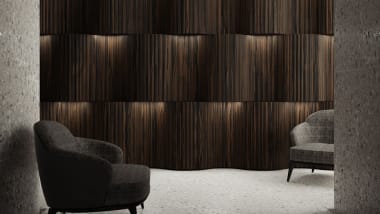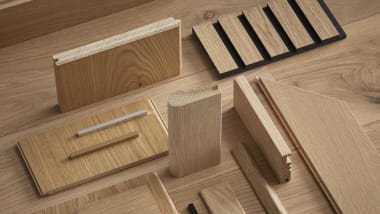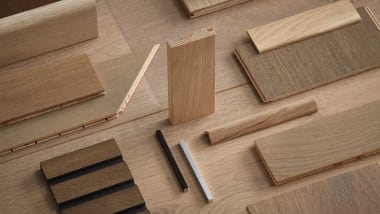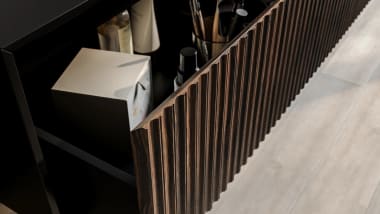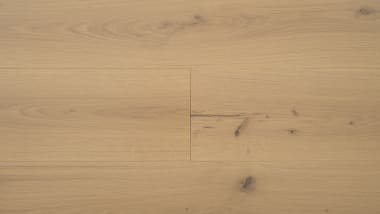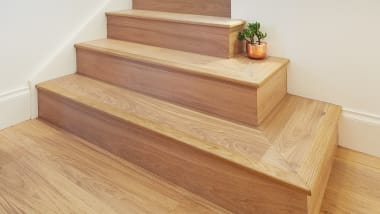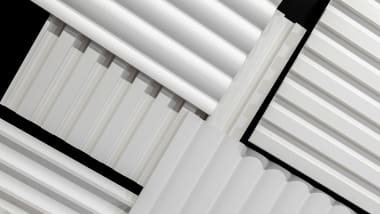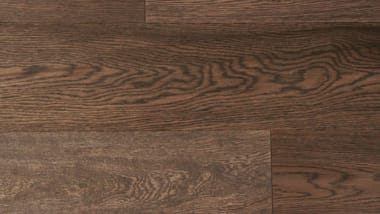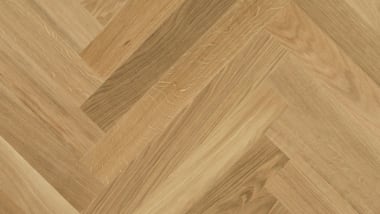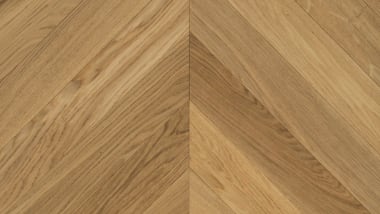Timber Flooring Installation: Pros and Cons for Different Surfaces
5 Jan 2025
Explore the pros and cons of common surfaces like concrete, tiles, and plywood, helping you choose the best foundation for stunning, long-lasting results. From moisture management to levelling tips, discover expert advice to elevate your renovation project. Click through to learn more.
Choosing the Right Surface for Timber Flooring: Tips for a Successful Installation
Timber flooring is a timeless and versatile choice that adds warmth and elegance to any space. However, the success of your installation depends largely on the surface you’re working with. From concrete to tiles and plywood, each surface has unique properties that can influence the longevity and look of your timber flooring.
In this guide, we’ll explore the pros and cons of installing timber flooring over different surfaces, providing expert tips to help you make the best decision for your renovation project.
1. Installing Over Concrete
Concrete is one of the most common bases for timber flooring, especially in modern homes.
Pros:
- Stability and Durability: Concrete provides a stable, sturdy foundation, minimising the risk of movement or warping over time.
- Soundproofing: When paired with the right underlay, concrete can enhance soundproofing, making it an excellent option for apartments or multi-level homes.
Cons:
- Moisture Challenges: Concrete is porous, and without proper sealing, moisture can seep through, potentially damaging the timber.
- Labor-Intensive Preparation: Concrete surfaces often require levelling and the addition of a vapour barrier before timber installation.
Expert Tip:
To prevent moisture issues, always use a high-quality vapour barrier and check for any cracks or imperfections in the concrete. A self-levelling compound can help ensure a smooth installation.

2. Installing Over Tiles
Tiles are a popular base for timber flooring, especially in renovations where removing tiles may not be practical.
Pros:
- Time-Saving: Skipping tile removal reduces the overall time and cost of the project.
- Added Insulation: Floating timber floors over tiles can provide additional insulation, making your space feel cosier.
Cons:
- Height Adjustments: Adding timber on top of tiles can raise the floor height, potentially affecting doors and thresholds.
- Surface Imperfections: Uneven tiles can result in a bumpy or uneven timber floor.
Expert Tip:
Before installation, check for uneven or loose tiles. Use a levelling compound to create a smooth surface, ensuring the timber planks align properly.
3. Installing Over Plywood or Subflooring
Plywood or existing subflooring is a common base for timber flooring in older homes.
Pros:
- Smooth Installation: Plywood provides a flat, smooth surface, making it easy to secure timber planks using nails or adhesive.
- Customisable Foundation: Subfloors can be repaired or reinforced to ensure they’re in the best condition for installation.
Cons:
- Additional Preparation: Older subfloors may need significant repairs or even complete replacement.
- Structural Weakness: In some cases, subfloors might not support the weight of timber planks, requiring reinforcement.
Expert Tip:
Inspect your subfloor thoroughly before installation. Replace any damaged sections and ensure the structure can support your chosen timber.
4. Comparing Costs and Efforts
When choosing a base for your timber flooring, consider the financial and labour implications:
Concrete:
- Cost: High preparation costs due to sealing and levelling.
- Labour: Professional installation recommended to manage moisture challenges.
Tiles:
- Cost: Moderate, as tile removal can be avoided.
- Labour: Requires careful levelling to avoid uneven finishes.
Plywood:
- Cost: Variable, depending on the condition of the existing subfloor.
- Labour: DIY-friendly but may require structural reinforcements for older subfloors.
Achieve Long-Lasting Results with the Right Timber Flooring Base
Timber flooring is a fantastic investment, but choosing the right surface for installation is critical for long-lasting results. Whether you’re working with concrete, tiles, or plywood, understanding the pros and cons will help you make an informed decision.
Ready to get started? Contact Havwoods for expert advice, or explore our range of premium timber flooring options to find the perfect fit for your home.



